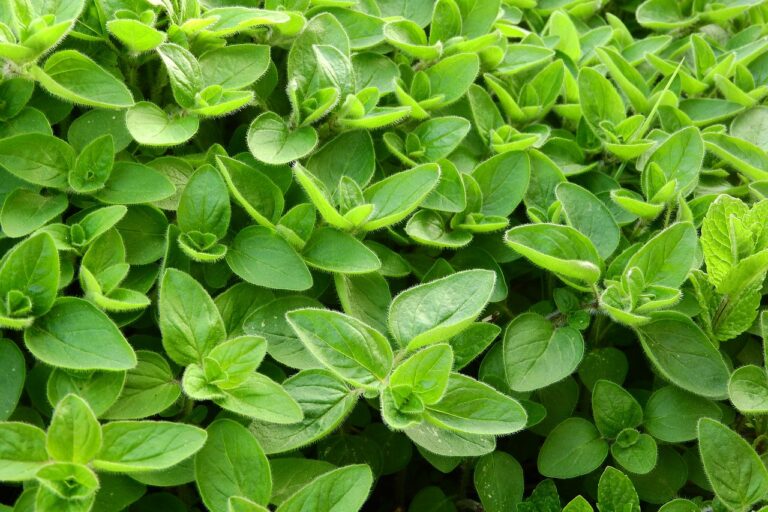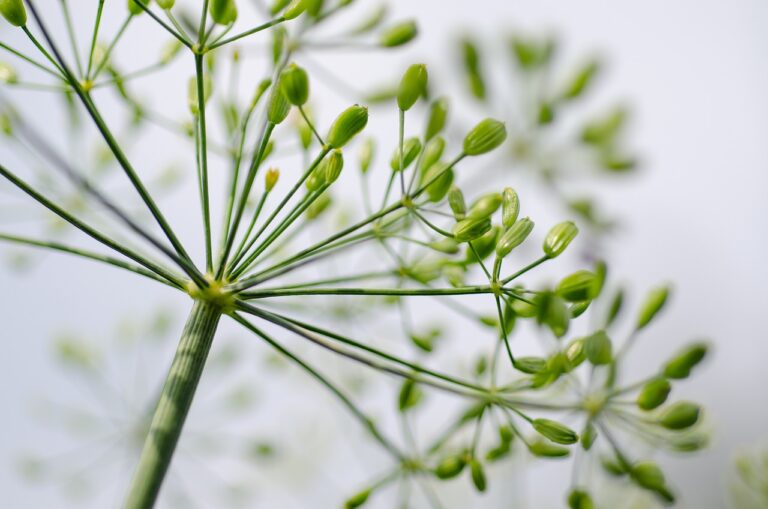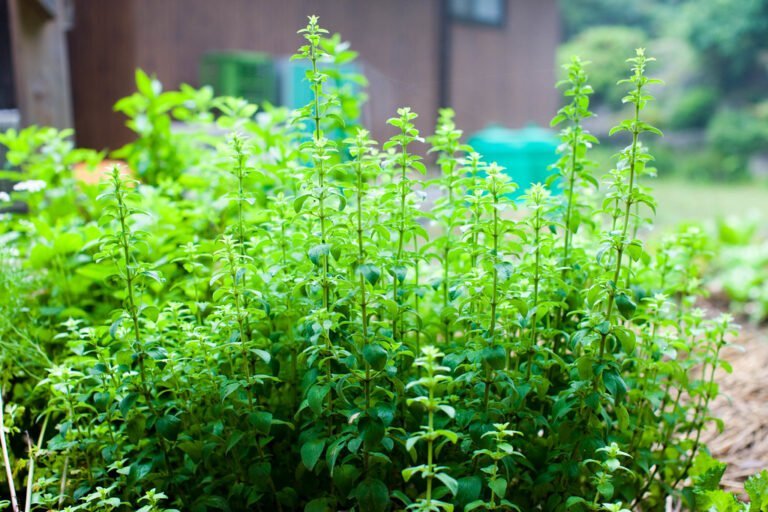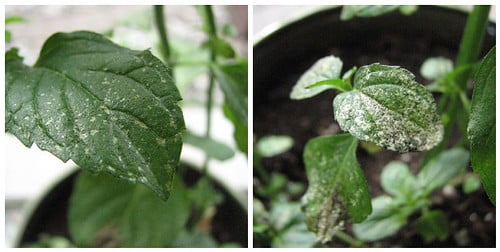Epazote
I cultivate Epazote, Dysphania ambrosioides, in Central America, thriving in regions like Oaxaca. It requires well-drained soil and plenty of sunlight. Fresh leaves offer a strong, medicinal flavor, enhancing Mexican dishes like stews and quesadillas. Incorporate it towards the end of cooking for a powerful taste. Black Bean Soup and Epazote Quesadillas are popular recipes. Obtain fresh Epazote from Mexican stores or cultivate it from seeds. Proper storage preserves its distinctive aroma. Epazote enhances dishes in a special way. Its unique taste is worth exploring further.
Origins
Epazote, known botanically as Dysphania ambrosioides, traces its origins to the vibrant landscapes of Central America, particularly thriving in regions like Oaxaca and the Yucatan Peninsula. This herb, native to Mexico and Central America, has been cherished for centuries for its dual purpose in both culinary and medicinal practices. The warm climate and fertile soils of these regions provide the ideal conditions for epazote to flourish.
Cultivating epazote requires well-drained soil and plenty of sunlight, mimicking the natural habitat where it thrives. In Mexico and Central America, it is commonly grown in home gardens and small-scale farms, where its pungent leaves are harvested for various uses. The herb is known for its resilience, able to adapt to different climates, which has led to its proliferation as a weed in regions beyond its native land.
In traditional Mexican and Central American cuisine, epazote plays an essential role in flavoring dishes like beans, soups, and stews. Its strong, pungent taste adds a distinct flavor that is both earthy and reminiscent of citrus. Medicinally, epazote has been used to aid in digestion and as a natural remedy for various ailments. Its versatility and robust nature have cemented epazote’s status as a beloved herb in the rich tapestry of Mexican and Central American culinary traditions.
Flavor Profile
Infusing culinary creations with a symphony of pungent and medicinal notes, the flavor profile of epazote dances between oregano’s warmth, anise’s sweetness, citrus’s brightness, mint’s coolness, and tar’s depth. This Mexican herb, with its vibrant green leaves, packs a punch of flavor that is both bold and complex. The fresh leaves of epazote are essential for achieving the herb’s full potential in dishes, as they offer the most intense taste compared to the dried form.
When cultivating epazote, it is vital to prioritize the freshness of the leaves and stems to guarantee the flavor profile remains rich and potent. Adding epazote towards the end of cooking allows its unique taste to shine through, enhancing the overall dish with its distinctive blend of herbal and citrusy notes. Whether used to flavor beans, soups, or stews, epazote has a remarkable ability to reduce gas and bloating, making it a staple herb in traditional Mexican cuisine.
Incorporating epazote into culinary creations introduces a depth of flavor that is unparalleled. Its herbaceous essence, reminiscent of a fusion between oregano and anise, adds a revitalizing touch of minty coolness with a hint of tar-like richness. Fresh epazote leaves are the gateway to revealing the full potential of this Mexican herb’s flavor profile, elevating dishes with its aromatic and medicinal qualities.
Culinary Uses
Culinary artisans often utilize epazote as a key ingredient to enrich the savory depth and earthy essence of traditional Mexican dishes. The tender leaves and stems of epazote are highly valued for their pungent aroma and robust flavor, making them a staple in Mexican cuisine. Whether used fresh or in its dried herb form, epazote brings a distinctive taste that complements a wide variety of dishes.
In Mexican culinary practices, epazote plays an essential role in enhancing the flavor of stews, beans, and quesadillas. Its distinct taste adds a rustic and earthy layer to recipes containing mushrooms, corn, and other traditional ingredients, creating a unique flavor profile that is characteristic of authentic Mexican dishes. Furthermore, epazote is renowned for its gas-reducing properties when incorporated into bean dishes, making it a popular choice for enhancing the digestibility of these meals.
Whether sprinkled over beans to reduce bloating or infused into soups for an added depth of flavor, epazote is a versatile herb that holds a special place in Mexican gastronomy. Its availability in both fresh and dried forms allows for easy incorporation into various culinary creations, ensuring an authentic Mexican taste that resonates with the rich culinary heritage of the region.
Cooking Tips
When cultivating epazote for culinary use, keep in mind that the flavor is most potent when added towards the end of cooking. Maintaining appropriate cooking temperatures guarantees the preservation of its distinct taste and aroma. Fresh leaves are preferred, but dried epazote can serve as a suitable replacement if necessary.
Flavor Enhancing Techniques
To enhance the flavors of your dishes, incorporating fresh epazote near the end of cooking can amplify the taste profile with its pungent and aromatic qualities. Epazote’s pungent flavor is most potent when used fresh, where its essential oils are at their peak. However, dried epazote leaves can also provide a similar flavor profile, making them a convenient alternative. The fresh leaves of epazote are commonly used in traditional Mexican cuisine to add a distinctive taste to dishes like beans, soups, and stews. Cultivating epazote is relatively easy, as it thrives in well-draining soil and full sunlight. By including epazote into your cooking near the end of the process, you can enhance the flavors of your dishes with its unique and robust taste.
Proper Cooking Temperatures
Incorporating fresh epazote towards the end of your cooking process will guarantee that its strong and aromatic qualities enhance the flavors of your dish without being compromised by high temperatures. When using dried epazote leaves, it is important to maintain gentle heat to preserve its distinct flavor. High temperatures can lead to a loss of epazote’s unique pungent and aromatic qualities, so it is recommended to cook it at lower temperatures. Epazote is commonly utilized in Mexican cuisine at temperatures suitable for simmering and gentle cooking, ensuring that its flavors are retained in the dish. By following proper cooking temperatures and techniques, you can fully appreciate the rich and distinctive taste that epazote adds to your culinary creations.
Popular Recipes
Popular recipes featuring epazote often showcase its unique ability to infuse dishes with a distinct, earthy flavor profile. When using this herb in cooking, there are several classic recipes that highlight its aromatic qualities:
- Black Bean Soup: In Mexico City, a popular dish that utilizes epazote is black bean soup. The herb is used to enrich the earthy undertones of the beans, creating a flavorful and comforting soup. The addition of epazote not only adds a delicious taste but also aids in reducing gas, making the dish more digestible.
- Epazote Quesadillas: Fresh herbs like epazote are excellent additions to quesadillas. When combined with cheese, mushrooms, or corn, epazote adds a rustic layer of flavor that heightens the dish. Its strong aroma complements the other ingredients, creating a savory and aromatic experience.
- Stews and Casseroles: Epazote is commonly used in stews and casseroles to add depth and complexity to the dish. When simmered with meats, vegetables, and spices, epazote imparts a unique flavor that is both herbaceous and slightly citrusy. Its versatility in enriching the overall taste of the dish makes it a staple in Mexican cuisine.
Purchasing Guide
When selecting epazote for culinary use, consider obtaining fresh specimens from Mexican grocery stores or markets to ensure the best flavor and fragrance. Fresh epazote is highly sought after for its strong, pungent aroma and unique flavor that is essential in traditional Mexican dishes. If you prefer to cultivate your own epazote, seeds for growing this herb can be conveniently purchased online, allowing you to have a fresh supply at your fingertips.
For those unable to find fresh epazote, dried epazote is a suitable alternative and can often be found in Mexican grocery stores or supermarkets. While dried epazote may not possess the same strength as fresh epazote, it still imparts a distinct taste to dishes, making it a practical option for those without access to the fresh herb.
Mexican grocery stores are a reliable source for both fresh and dried epazote, catering to those seeking to enrich their culinary creations with an authentic Mexican flavor profile. Whether you choose to purchase fresh epazote for immediate use or dried epazote for convenience, incorporating this herb into your cooking will certainly enhance the taste of your dishes.
Storage Recommendations
To preserve the freshness and flavor of epazote, it is crucial to store it properly. Fresh epazote should be kept in water or damp paper towels to maintain its hydration. Additionally, freezing epazote leaves in an ice cube tray can make it convenient for use in various culinary dishes.
Proper Storage Methods
For best preservation of epazote’s flavor and freshness, consider storing fresh leaves in a container with water or a damp paper towel. This method helps maintain the turgidity of the leaves and prevents wilting. Additionally, freezing epazote leaves in an ice cube tray provides convenience for culinary use, as the frozen cubes can be easily added to dishes during cooking. When storing fresh epazote in the refrigerator, placing it in an unsealed plastic bag helps retain its volatile oils and flavor. Proper storage methods are essential in ensuring that this stinky weed’s unique taste and aroma are preserved for ideal culinary experiences.
- Store fresh epazote in a container with water or a damp paper towel.
- Freeze epazote leaves in an ice cube tray.
- Keep fresh epazote in an unsealed plastic bag in the refrigerator.
Ideal Storage Conditions
To guarantee optimal preservation of epazote’s flavor and freshness, it is recommended to store fresh leaves in water or damp paper towels. This method helps maintain the herb’s crispness and aroma. For longer-term storage, dried epazote should be kept in a cool, dark place to maintain its potency. Freezing fresh epazote in ice cube trays is a convenient way to have the herb readily available for cooking. When storing fresh epazote, using an unsealed plastic bag can help protect its unique taste. By following these storage suggestions, you can be certain that your epazote remains flavorful and ready to elevate your culinary creations.





